Increased Construction Activities
The Mastic Remover Market is experiencing a surge due to heightened construction activities across various sectors. As urbanization continues to expand, the demand for mastic removers is likely to rise, driven by the need for efficient surface preparation in both residential and commercial projects. In 2025, the construction sector is projected to grow at a rate of approximately 5.5% annually, which could significantly boost the mastic remover market. This growth is attributed to increased investments in infrastructure and housing, necessitating the removal of old mastic materials to ensure proper adhesion of new flooring and surfaces. Consequently, the mastic remover market is poised to benefit from this trend, as contractors and builders seek effective solutions for mastic removal.
Rising Demand from the DIY Segment
The Mastic Remover Market is witnessing a notable increase in demand from the DIY segment, as more individuals engage in home improvement projects. This trend is fueled by the availability of online resources and tutorials that empower consumers to undertake their own renovations. In 2025, the DIY market is projected to grow significantly, with a substantial portion of this growth attributed to the need for effective mastic removal solutions. As homeowners seek to enhance their living spaces, the demand for user-friendly mastic removers is likely to rise. This shift presents an opportunity for manufacturers to target this segment with products that are easy to use and safe for non-professionals, thereby expanding their market reach.
Expansion of Retail Distribution Channels
The Mastic Remover Market is experiencing growth due to the expansion of retail distribution channels, which enhances product accessibility for consumers. As more retailers, including home improvement stores and online platforms, begin to stock a variety of mastic remover products, consumers are likely to have greater access to these essential tools. In 2025, the proliferation of e-commerce is expected to play a crucial role in the distribution of mastic removers, allowing consumers to compare products and prices easily. This increased availability not only facilitates consumer choice but also encourages competition among manufacturers, potentially leading to better pricing and product innovation. Consequently, the mastic remover market is poised for growth as distribution channels continue to expand.
Regulatory Compliance and Safety Standards
The Mastic Remover Market is influenced by stringent regulatory compliance and safety standards that govern the use of chemical products in construction and renovation. As environmental concerns gain prominence, regulations are becoming more rigorous, compelling manufacturers to develop eco-friendly mastic removers. In 2025, it is anticipated that the market for environmentally safe mastic removers will expand, as companies strive to meet these evolving standards. This shift not only addresses safety concerns but also aligns with the growing consumer preference for sustainable products. As a result, the mastic remover market is likely to see an increase in demand for formulations that are less harmful to both users and the environment, thereby enhancing market growth.
Technological Innovations in Product Development
The Mastic Remover Market is benefiting from ongoing technological innovations that enhance product efficacy and user experience. Advances in formulation chemistry have led to the development of more effective mastic removers that work faster and require less physical effort for application. In 2025, the introduction of new formulations that are biodegradable and non-toxic is expected to attract a broader customer base, including both professionals and DIY enthusiasts. These innovations not only improve performance but also cater to the increasing demand for safer and more efficient products. As a result, the mastic remover market is likely to experience growth driven by these technological advancements, which could redefine consumer expectations and preferences.



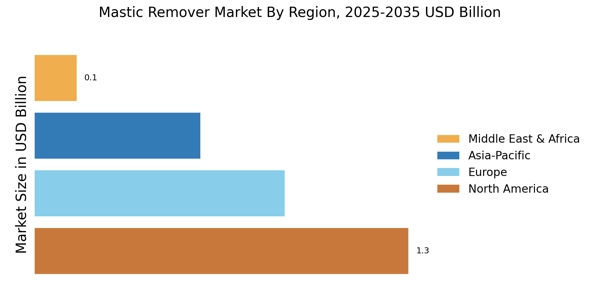

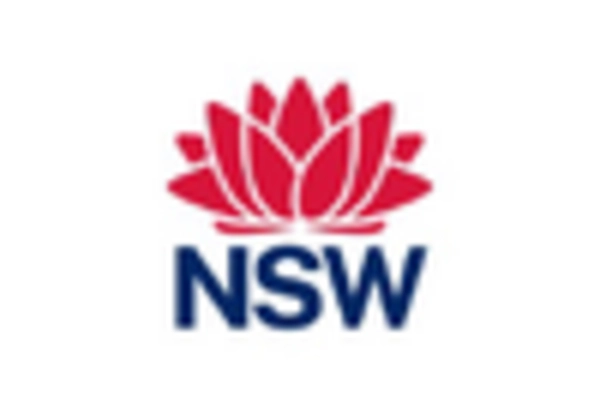

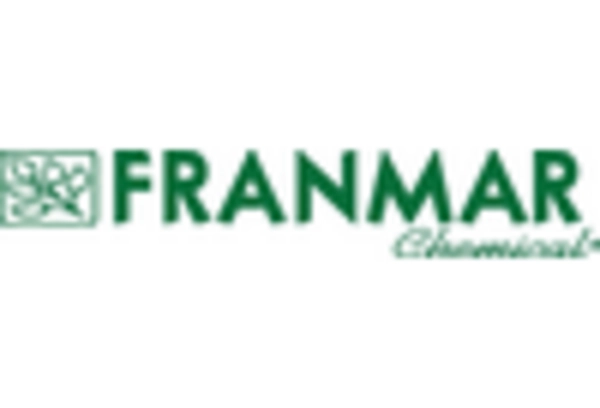
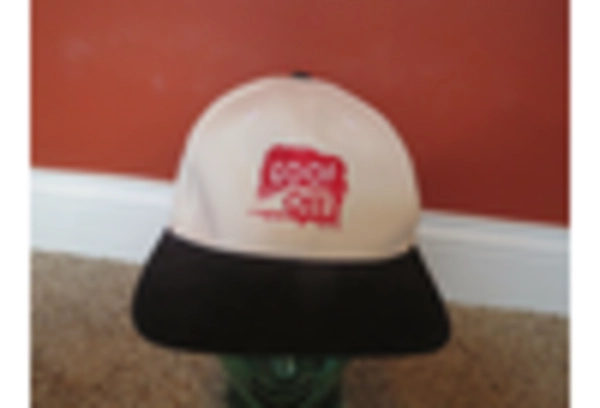
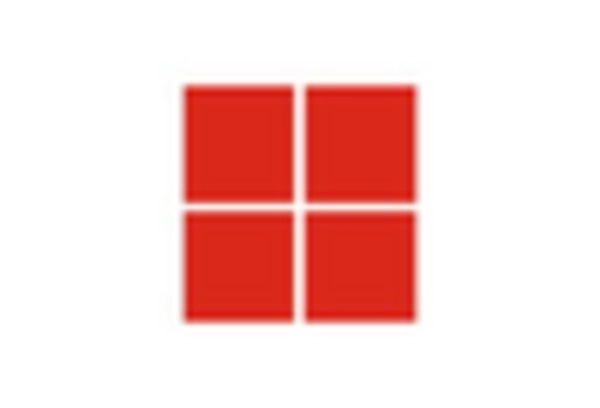








Leave a Comment